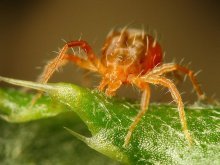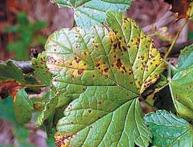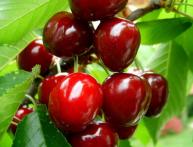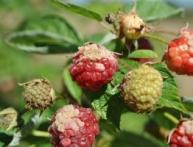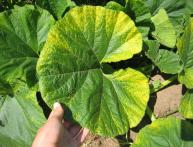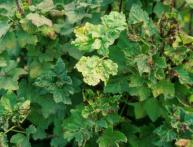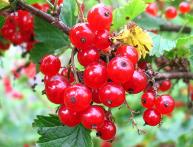Galls on tree leaves, what they are, how to deal with them
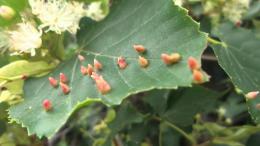
Galls are spherical growths on leaves. They can occur as a result of exposure to pathogenic microorganisms, but more often due to insect bites.
Content:
- What are galls and where are they common?
- Education mechanism
- How they are used in medicine, what they are made from
- What methods of control are used
What are galls and where are they common?
Galls are spherical formations on leaves that appear as a result of bites. insects. They are harmful to agriculture, but are actively used in folk medicine. The article will talk about the features of education, the principles of their use and methods of struggle.
Ball-shaped growths on the leaves, with a diameter of one and a half to two centimeters, are ubiquitous. These are abnormal cellular neoplasms on the leaves, shoots and even roots of plants.
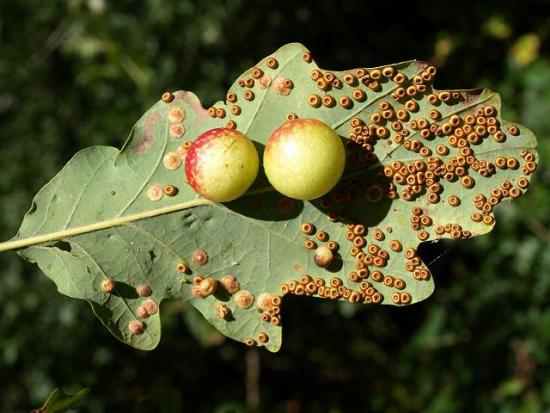
They are most often found on oak leaves. In Mesopotamia and Asia Minor, the so-called “gallic” is widespread. oak. New growths on its leaves are actively used in medicine.
These spherical growths on oak leaves are formed as a result of the laying of oak gall moth eggs.
Galls are now ubiquitous and can affect any foliage plant. Even indoor flowers are not out of danger.
Mechanism of gall formation
The process of formation of growths resembles the process of spread of inflammatory processes in the human body.
In addition, the formation mechanism has its own characteristics:
- A gall forms at the site of injury (insect bite);
- The growth can form not only on the leaves, but also on all other parts of the plant;
- The size of the galls can vary: from a few centimeters to huge growths.
There are several types of insects whose bites can provoke development, the most common are gall mites:
- Belong to the superfamily of arachnids and the order Acarimorpha ticks;
- They have small body sizes: from 0.1 to 0.6 mm;
- No sense of smell;
- By biting a plant, they feed on it, destroying the tissue structure of the leaf.
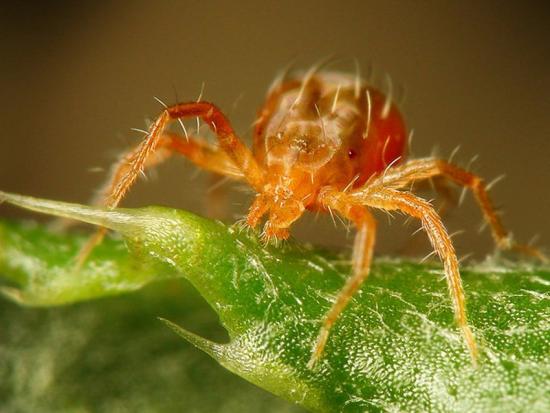
In some cases, the formation of galls is caused not only by the presence of a bite. So, for example, a female gall moth lays a larva in an oak leaf bud, which there carries out a cycle of transformation into an adult. As a result, a growth forms on the leaf, surrounding the larva - a gall.
Location Features:
- Galls on pear leaves are arranged in rows parallel to the central vein of the leaf;
- On the leaves of the apple tree, they are located all over the leaf. There are especially many of them on the underside;
- Galls on willow leaves are represented by chains of convex growths on both sides of the leaf.
Don't underestimate the harm of gall tick. Affected leaves do not go through the full growing season, but dry out and fall off prematurely.
In addition, the gall mite can infect not only leaves, but also young shoots and buds, which negatively affects the level of plant productivity.
How are galls used in medicine, what are they made from?
The galls are collected in the last month of summer. Harmful to plants, they are widely used in folk medicine.
So, for example:
- Gall tincture is used to rinse the mouth for fluxes. Also used to treat frostbitten parts of the body;
- Tincture mixed with vinegar is used to treat diseases of the ENT organs;
- It is known to have an activating effect on the hair growth process;
- Helps accelerate the healing of cracked lips and burns;
- They are also used to treat eye ulcers (for both external and internal use);
- Used to strengthen the digestive system;
- Infusions are taken internally for the treatment of diarrhea;
- Used as an adjuvant in the treatment of tuberculosis;
- Lotions and rubs from the infusion of galls are used to treat various diseases of the epidermis: insect bites, lichen, ulcers;
- Helps in the treatment of leucorrhoea.
Brewed dried galls are taken internally.
For lotions use a decoction of:
- One glass gal
- Liter of boiled water
The mixture is boiled for five minutes, after which the broth should settle and be filtered.

Galls on the leaves are widely known in folk medicine. Tinctures of these formations are used both internally and externally.
What methods of combating galls are used?
The best way to combat galls is preventive treatment plants. Treatment of a plant damaged by gall mites is much more difficult, because it is impossible to restore the damaged leaf. However, if you do nothing, the entire plant may die.
To treat damaged plants use:
- Systemic acaricides;
- Treatment of plants with ten percent karbofos at the rate of 75-90 g per 10 liters of liquid or twenty percent keltan at the rate of 20 g per 10 l;
- Pyrethroid insecticides;
- Spraying plants with a mixture of colloidal sulfur at the rate of 100 g per 10 l (done after the plant has flowered and again in mid-summer);
- Final burning of fallen affected leaves.
It is also important to remember that many insects have the ability to adapt to the effects of poisons. This should be taken into account when selecting preparations for treating plants, since an incorrectly selected poison can provoke an increase in the development of the gall mite population.
Galls on leaves are round formations that occur as a result of insect bites. Dangerous to plants, galls are widely used in folk medicine. At the same time, it is worth remembering that ignoring the gall mite problem can lead to death plants.
You can get useful information about galls and means of protection against them by watching the video:

